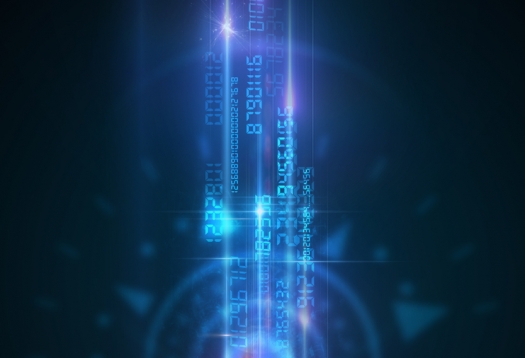British team makes chalcogenide glass p-n junctions

New research published today in the journal Nature Communications by the University of Surrey, in collaboration with the University of Cambridge and the University of Southampton, has found it is possible to change the electronic properties of amorphous chalcogenides using ion doping.
The team believes the results could lead to materials that will allow computers to transfer information using light, potentially allowing a significant increase in computer processing speeds and power in the future.
Amorphous chalcogenides, also referred to as chalcogenide glasses, are p-type semiconductors and their applications have been limited by the extraordinary difficulty in obtaining n-type conductivity. The ability to form chalcogenide glass p-n junctions could improve the performance of phase-change memory and thermoelectric devices and allow the direct electronic control of nonlinear optical devices.
Previously, carrier-type reversal has been restricted to the germanium-based chalcogenides, with very high bismuth or lead 'doping' concentrations (~5-11 at.%), incorporated during high-temperature glass melting.
The British team reports the first n-type doping of chalcogenide glasses by ion implantation of bismith into GeTe and GaLaSO amorphous films, demonstrating rectification and photocurrent in a bismuth-implanted GaLaSO device. The electrical doping effect of bismuth is observed at a 100 times lower concentration than for bismuth melt-doped GeCh glasses.
"The challenge is to find a single material that can effectively use and control light to carry information around a computer," said project leader, Richard Curry of the University of Surrey.
"This has eluded researchers for decades, but now we have now shown how a widely used glass can be manipulated to conduct negative electrons, as well as positive charges, creating what are known as 'p-n-junction' devices. This should enable the material to act as a light source, a light guide and a light detector - something that can carry and interpret optical information. In doing so, this could transform the computers of tomorrow, allowing them to effectively process information at much faster speeds."
The researchers expect that the results of this research will be integrated into computers within ten years. In the short term, the glass is already being developed and used in next-generation non volatile computer memory known as CRAM (Chalcogenide RAM), which may ultimately be integrated with the advances reported.
"˜n-type chalcogenides by ion implantation' by Mark A Hughes et al appears in Nature Communications 5, Article number: 5346 doi:10.1038/ncomms6346































